A car offers convenience. It can take you anywhere. Shopping, going to school, or traveling, it’s fun to go out and drive your car.
However, If you want to refurbishment the steering rack by yourselves, you need to familiarize the different parts of a car. Understand its mechanics and ensure proper functioning, such as can am defender steering rack. Let’s find out everything about the steering rack rebuild and how to do it for fun and safe driving.
1 What Is A Steering Rack?
The steering rack turns the car in different directions. The front axle is attached to a bar that is responsible for steering. A tiny gear called a pinion connects the rack at the tip of the steering column.
This rack-and-pinion mechanism ensures proper wheel alignment in the right direction. The rack could withstand extreme stress when steering. However, a time will come for a need for replacement once it reaches its wear and tear.
But, it’s unnecessary to be worried if your rack starts to fail. You can rebuild steering rack and put it back to normal. You can find aftermarket products for rack replacement.
2 Signs Of A Bad Steering Rack
Identifying a bad steering rack comes first when considering rebuilding the steering system. Know the signs of a failing steering rack to avoid accidents. Early detection saves you from danger and prevents more damage to your steering system.
1) Swerving
A swerving car is one of the most common signs of a bad rack. A broken steering system moves the car in either direction. You can notice this change when you feel an extra force in keeping your car straight.
Extra effort to prevent your car from swerving means a bad rack. In some instances, a bad wheel alignment causes swerving in your car. Have your wheels checked for proper alignment and address the issue of a faulty rack.
2) Grating Sound
Unusual noise while steering is also a sign of a bad rack. Turning your car should make no sound. If you hear grating sounds even when slowly turning, this prompts for a check.
The friction of the metal components of the steering system causes grating sounds. In time, this will create more damage to your rack when left unchecked. Check your steering system and replace your rack if necessary.
3) Watch Out For Burnt Oil Smell
A damaged power steering system causes a burnt oil smell. Stop the car and immediately call for help when you notice this smell. Driving with an overheating power steering system causes more damage.
Checking your car for possible damage to the steering system ensures safety. Check your rack and replace it if you see some damage. Driving with a damaged rack moves it in different directions.
A burnt oil smell signals damage to your steering system. Avoid complications by checking your rack assembly.
4) Leaking Power Steering Fluid
Power steering fluid is responsible for steering your car. A leak in the system makes steering hard. If your power system fluid level is low, suspecting a leak could be the only cause.
A leaking fluid causes more damage to your steering system when left unfixed. Overheating produces grating sounds because of metal-to-metal contact. It damages your rack in the long run.
Check your steering system if you notice a leak. Rebuild your rack to prevent further damage. A leaking power steering fluid needs immediate attention.
3) Watch Out For Burnt Oil Smell
A damaged power steering system causes a burnt oil smell. Stop the car and immediately call for help when you notice this smell. Driving with an overheating power steering system causes more damage.
Checking your car for possible damage to the steering system ensures safety. Check your rack and replace it if you see some damage. Driving with a damaged rack moves it in different directions.
A burnt oil smell signals damage to your steering system. Avoid complications by checking your rack assembly.
4) Leaking Power Steering Fluid
Power steering fluid is responsible for steering your car. A leak in the system makes steering hard. If your power system fluid level is low, suspecting a leak could be the only cause.
A leaking fluid causes more damage to your steering system when left unfixed. Overheating produces grating sounds because of metal-to-metal contact. It damages your rack in the long run.
Check your steering system if you notice a leak. Rebuild your rack to prevent further damage. A leaking power steering fluid needs immediate attention.
3 Rebuilding Steering Rack
Rebuilding the steering rack needs expertise. If you don’t know anything about automotive, it’s necessary to call your mechanic. It takes an expert when to rebuild the steering rack.
1) Removing The Tie Rod Ends
The first step in rebuilding your rack is removing the tie rod ends. Pull out the tie rod ends by applying force on the spindle. They should come out without effort.
Take note of the tie rod end placement if you plan on swapping its ends. It makes it easier for the installation process. However, replacing your tie rod ends is better if you plan on rebuilding your steering gear.
Place them around the corner where it’s safe. Check the tie rods for signs of wearing. If not, clean them thoroughly. Remove dirt and other debris that got stuck to it.
Make sure to rule out that tie rods are not causing the steering problem. Sometimes, worn-out tie rod ends cause swerving. Ensure that the tie rods are in good shape. Or if not, replaced with new ones.
2) Rack Assembly
After removing the tie rod ends, proceed with the rack assembly. The old steering gear assembly may have fluid leaks because of broken seals. Disassemble the rack assembly and clean it thoroughly.
Get an air compressor and clean the pinion and valve assembly. Avoid any debris from penetrating inside. Inspect each part and identify which parts need replacement.
Check the rack for damages. Get rid of damaged materials and replace them with new ones to ensure durability and longevity.
Be careful when dismantling the old rack assembly to avoid damaging other materials. Use a proper tool when removing rack assembly parts. Use high-quality materials for replacement and save yourself from the hassle of rebuilding.
Take time to check for each replacement. Dismantling the rack assembly is a complex process. Expertise is needed when removing the rack assembly parts.
Remember its placement and avoid forcing them out. It could damage other materials and cause you to buy more replacements. Unwanted spending wastes your money.
Steering rack rebuilding begins once the rack housing is completely clean. Discard the old materials to avoid confusion during the rebuilding process.
3) Lubricating The Rack Assembly
Applying chassis grease on the rack adds lubrication and prevents metal parts from rubbing. Spread a generous amount of chassis grease around the steering rack’s teeth and on its back.
These areas are prone to contact with the bearing when it rolls over the shaft. Prevent friction and overheating using the chassis grease. It protects your rack assembly from wearing down when used.
Next, put some chassis grease on the pinion or valve assembly. Use a Teflon seal to secure it on the rack teeth. Following the same principle with the rack, the housing is also prone to get damaged.
Ensure that the entire rack assembly has enough lubrication. It prolongs the lifespan of your steering mechanism.
4) Checking For Leaks
After rebuilding the rack assembly, it’s time to check for leaks. Run a dynamometer test to ensure the proper functioning of your new steering assembly. Ensure safety when installing it in your car.
The dynamometer test assesses the newly-assembled rack. Conduct a pressure effort test and check it by pushing and pulling the assembly. Doing so ensures that your rack has no problems.
Checking for leaks prevents reopening and fixing your steering rack. Your steering system should contain no leaks to avoid damage. A leaking rack drains its oil in the power steering housing.
In return, it damages your steering assembly and puts you back to square one. Ensure the absence of leaks and avoid unwanted repairs. Save money for maintenance by checking any leaks.
5) Installing The Tie Rod Ends
Reinstalling the tie rod ends comes next after checking for any leaks. It is an easy process for a trained mechanic. Ask for professional help when installing the tie rod ends.
Improper installation causes wheel misalignment. Your car veers to the other side without intentionally turning with the wrong installation. The tie rod ends should fit perfectly in the steering assembly.
Ensure the tightness of the pin into the spindle. Install the tie rod ends and checks for snugness. Each part should fit exactly right into its place.
The tie rods should fit snugly in the steering assembly. Loose tie rods affect your steering. Avoid this from happening by ensuring proper tie rod placement.
4 Preventing Damage On The Steering Rack
Steering rack rebuilding takes time. Damaging your steering assembly is an added expense. Thus, it’s necessary to prevent damage to the rack by avoiding factors that contribute to it.
1) Avoid Potholes
Driving your car is fun. Going top speed gives you the thrill of adrenaline gushing into your veins. However, mindless driving can damage your vehicle, especially its steering assembly.
A car’s steering system is composed of several pieces that work together. The steering process is possible if these components are in position. However, these are prone to damage if exposed to extreme force.
Potholes do more damage to your suspension and steering system. If your wheel hits a pothole, a sudden change in suspension from going up and down exerts force. It could damage the delicate components of your steering assembly.
Avoid potholes when driving fast. Higher velocity creates a strong impact when hitting a pothole. The higher force it cushions, the greater risk it faces.
The force exerted when hitting potholes could damage the tie rods and rack assembly. It makes your car out of control.
2) Align Your Wheels When Running Over Ramps At A Lower Speed
The same principle applies when running over potholes and ramps. However, an additional precaution needs attention. Align your wheels when running over ramps at a lower speed to avoid damaging your rack.
Approaching a ramp at an extreme steering angle puts your power steering assembly at risk. The force exerted during the bump when running over ramps radiates force towards the whole steering system.
It puts pressure on the joints that might damage the whole assembly. In return, the rack is at risk of getting damaged. Drive slow when passing over a ramp. Ensure that the wheels are in a neutral position.
3) Avoid Dry Steering
You may have heard that dry steering is not good for your car. Well, it is. And the reason is simple.
Dry steering your car exerts effort on the steering system to move. If you steer a moving vehicle, the force you exert is lesser. The wheels will follow the road’s thread and move without much effort.
However, dry steering in a stationary car forces your front wheels to move. The power steering system will try to go towards your intended direction even with resistance. The force preventing its movement transfers towards the steering assembly.
It puts your rack at risk of wearing out. Forcing a car’s wheels to turn while immobile also damages your tires. It’s better to avoid dry steering your vehicle and prevent damage to your steering assembly’s rack.
4) Proper Maintenance
Proper maintenance is necessary to prevent damage to your rack. Poor maintenance results in damaging your steering system. The need for scheduled maintenance prevents damage to your assembly.
The seals on the rack could leak anytime. Check its consistency and watch out for any damage. A leaking rack damages the inner components of your steering system.
Prevent this from happening by observing proper maintenance. The rack is responsible for maneuvering your car. If this gets damaged, it causes more harm.
5 Differentiating A Bad Steering Rack From Other Problems
A bad steering rack is not the root cause of your steering problems oftentimes. Differentiating a faulty steering rack from other problems needs careful assessment. Identify other factors that might affect your steering.
1) Tie Rods
Your car’s tie rod ends can cause steering problems. Faulty tie rods pull your car to one side or the other. The steering rack houses the tie rods making it hard to differentiate what causes bad steering.
Identifying the cause of steering problems is hard unless you conduct an actual visual check. Changing your tie rods every 75,000 - 100,000 mileage ensures they are in good shape.
Prevent steering problems and unwanted changing of your rack by inspecting the tie rods. Replacing them occasionally prevents steering problems. Good tie rods help you differentiate the cause of steering problems.
2) Wheel Alignment
Improper wheel alignment also causes steering problems. Checking your wheel alignment prevents your car from swerving. Wheel alignment is essential in differentiating the root cause of bad steering.
Problems with steering don’t necessarily mean changing your rack. Steering rack rebuilding consumes time and resources. Look into other possible causes like improper wheel alignment.
Conduct a wheel alignment test and check the tires for uneven wearing. It is a sign of improper wheel alignment. Solve this issue and see if your car still moves to either side.
Your wheel alignment affects the behavior of your car. Make sure to align it properly. Save yourself from the hassle of dismantling your steering assembly and unwanted rack change.
3) Power Steering Pump
A problem with the wheel alignment affects your car’s steering. If your power steering pump is damaged, it prevents the wheels from moving back to the center. Hence, causing an unwanted wheel alignment.
Check your power steering pump and see if your front wheel returns to its neutral position. It should stop at the center. If not, then it’s time to fix your power steering pump.
Getting enough pressure is key to a better power steering pump. It takes knowledge and experience to differentiate a faulty power steering pump from other causes. It makes similar changes with worn-out steering assembly components and bad wheel alignment.
Unless you’re an expert in assessing these things, call a mechanic to do the job. Fixing your power steering pump ensures the appropriate pressure when steering. It prevents your car from going out in position.
Check your car’s power steering pump using an inline pressure gauge. The pressure should be between 200-1000 PSI. Change your power steering pump if the pressure does not fall within this range.
6 Conclusion
Rebuilding the steering rack prevents accidents from happening. Understanding how the steering system works gives you an overview of preventing its damage. Being careful in driving is one way of ensuring the safety of your steering assembly.
Inspect your steering system and rebuild your steering rack when necessary. Identify ways to avoid damaging your steering assembly. Know the signs of a damaged steering system.
Identify the root cause of faulty steering. Is it because of the rack or the other components? Check each part and replace what is necessary. Rebuild your steering rack and prevent accidents from happening.
_____
If you want to know about our steering rack factory where I work, come see our YTB channel!
The Previous Articles:
What Is Rack and Pinion Bushing? How To Tell If Rack and Pinion Bushings Are Bad?
Why Steering Rack Makes Noise When Turning?
How To Rebuild A Steering Rack?
What Is A Rotary Valve Power Steering Rack?
Rack And Pinion System Vs Power Steering System: What Are The Differences?
Power Steering Rack Market Analysis Report (Japan Market)
What Causes Steering Rack to Go Bad?
Design Of Car Rack And Pinion Steering Racks
What Is The Intelligent Steering Rack Used By VW, Toyota, Honda And Renault?

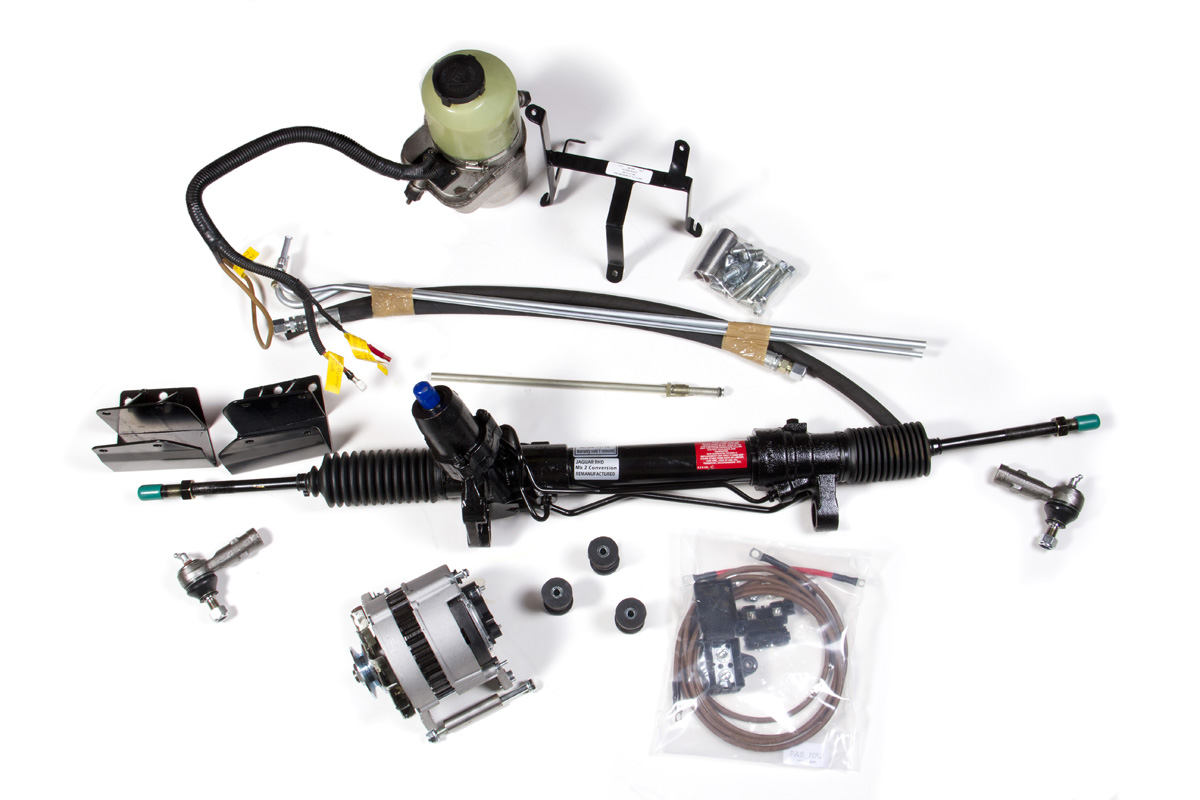
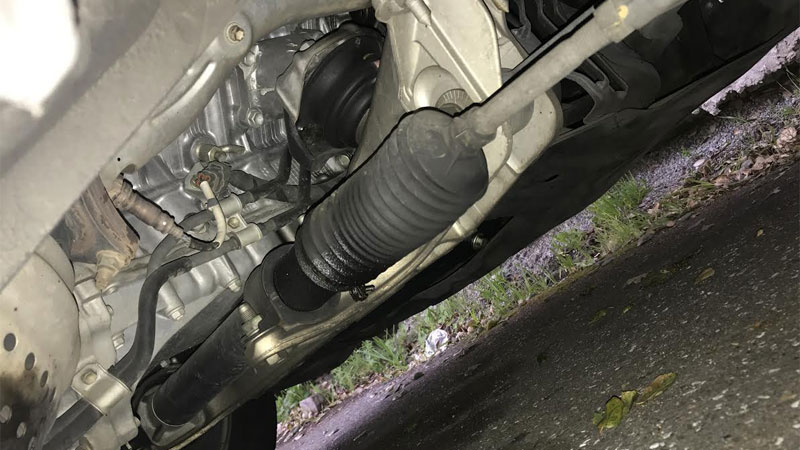

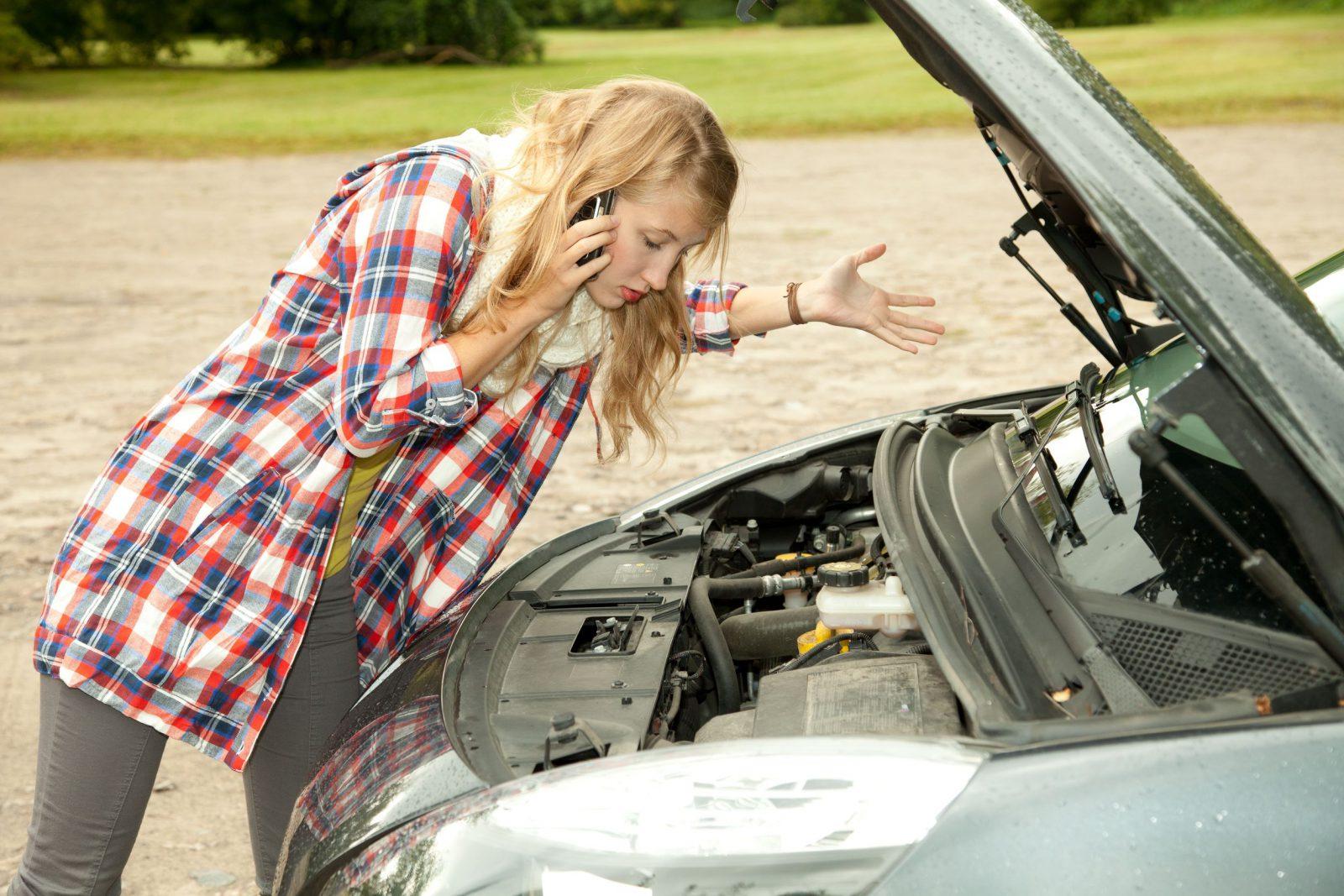
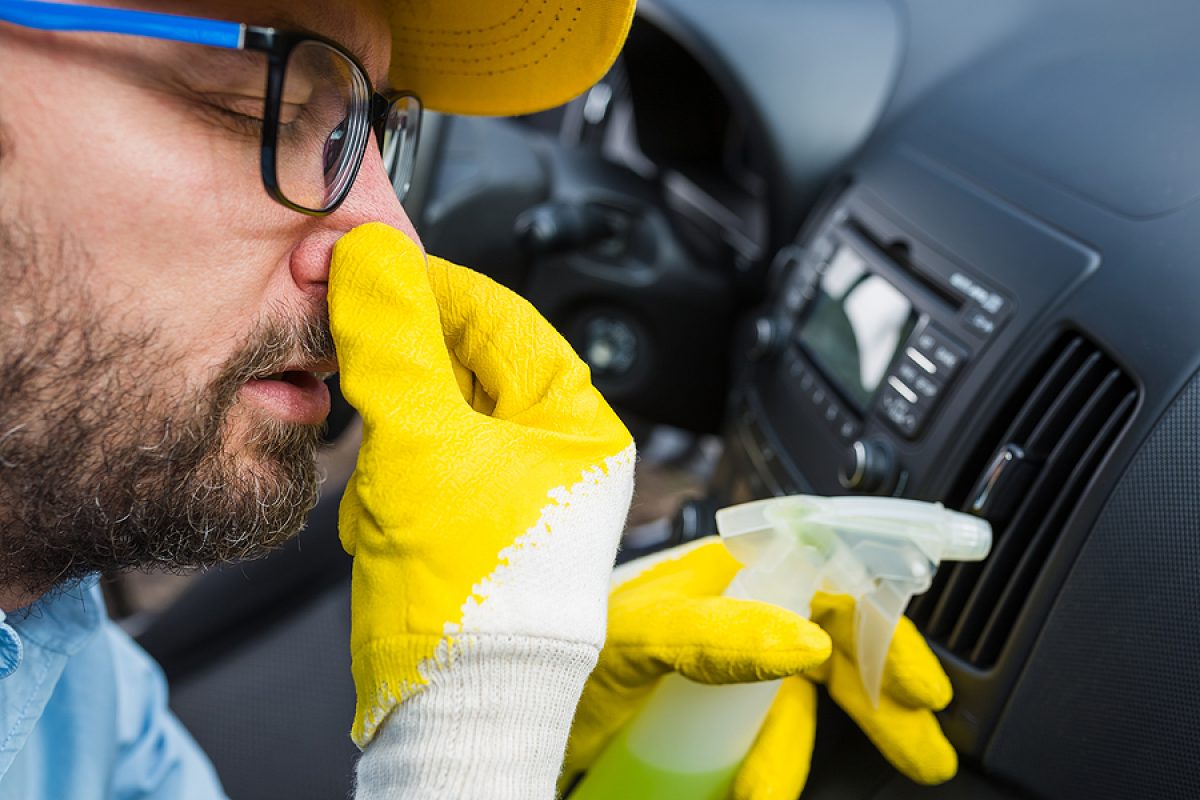





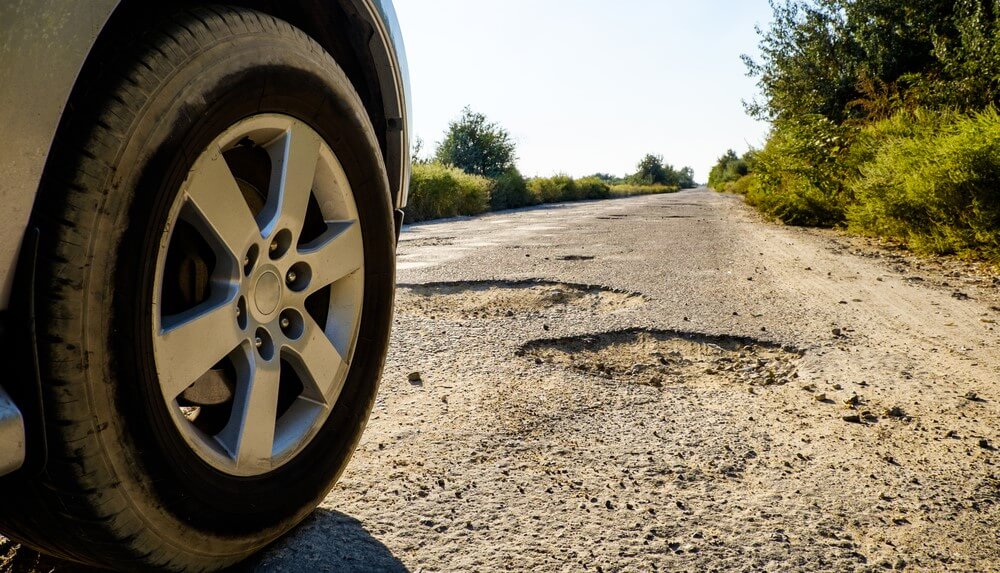
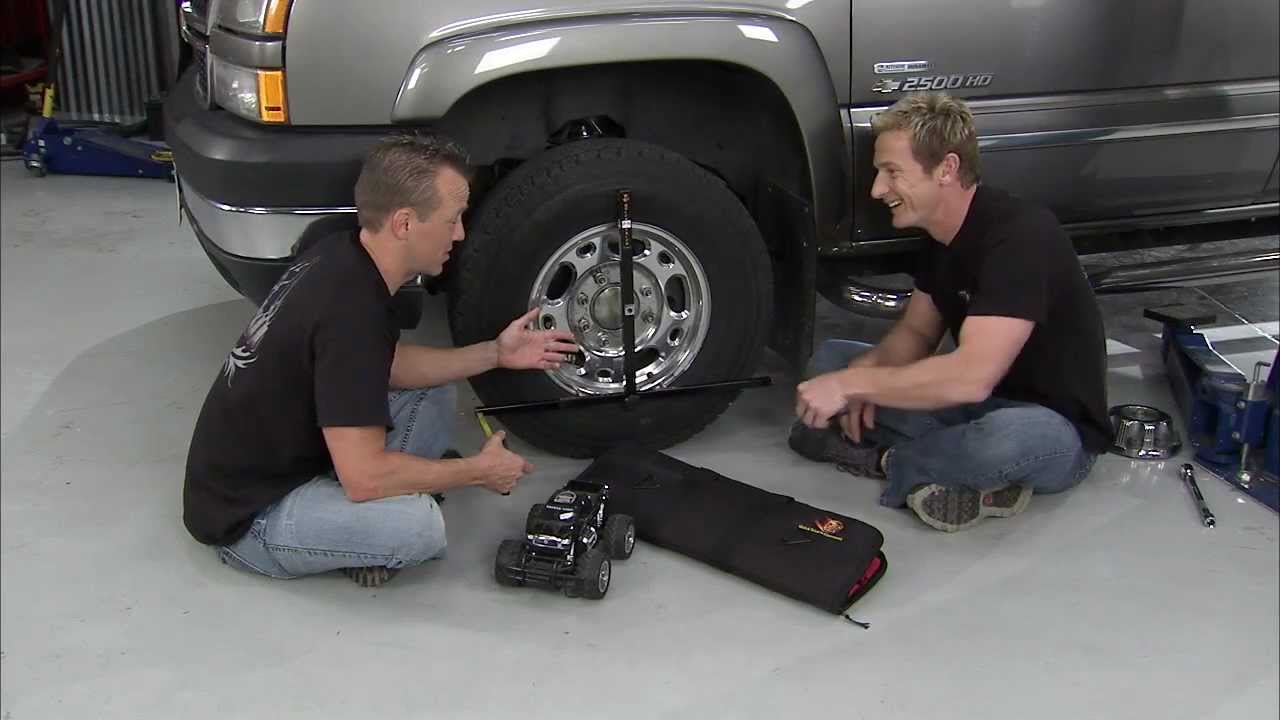
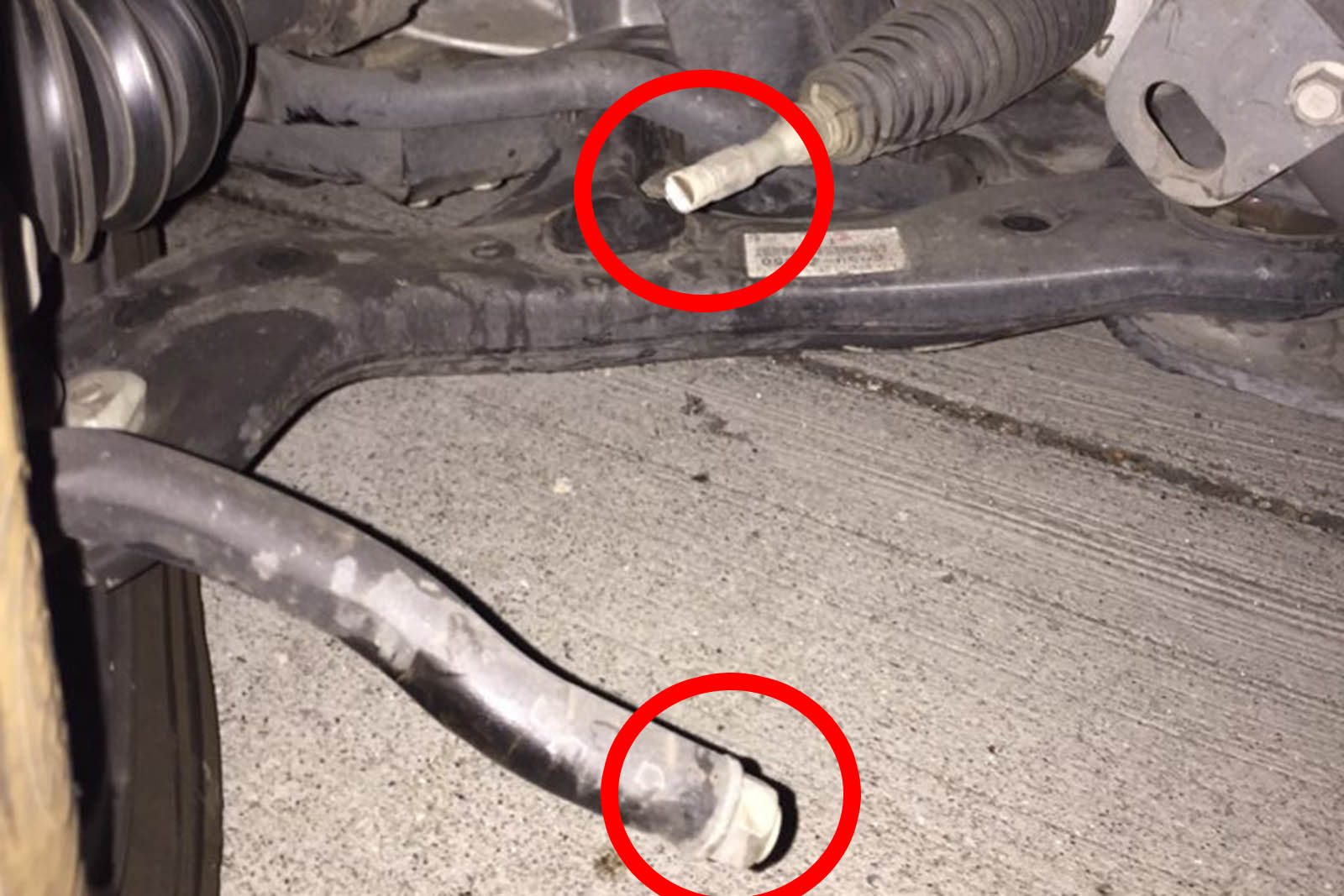


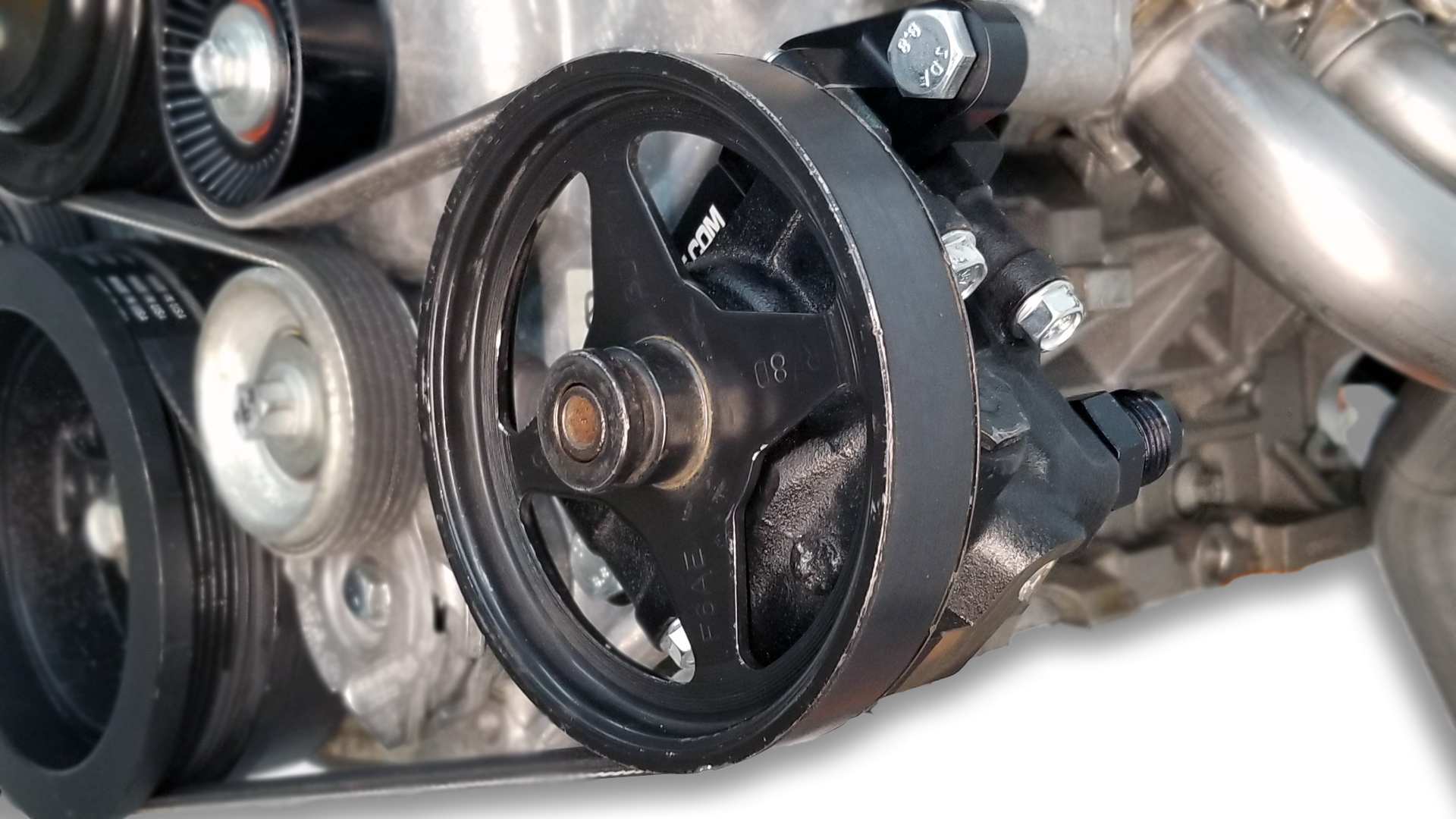
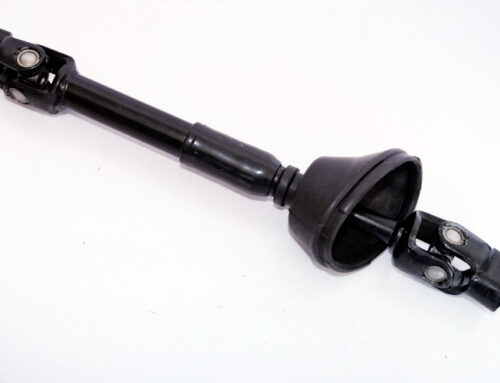
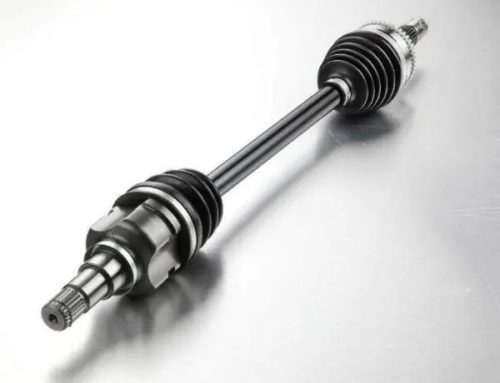
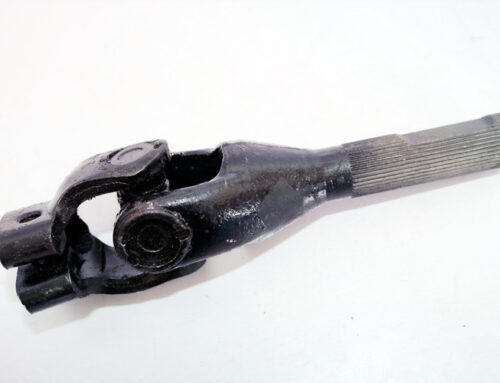
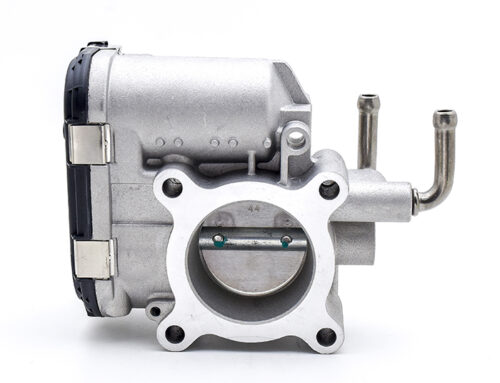
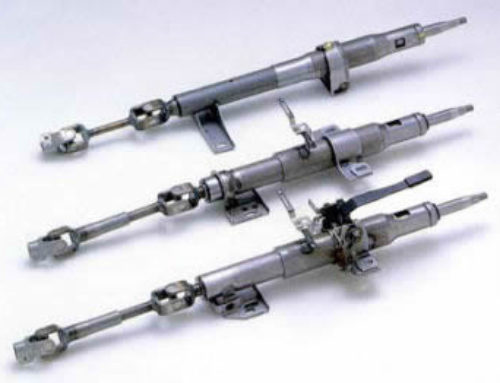
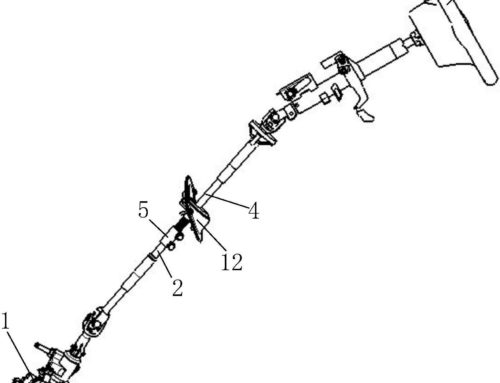
I believe this site has got some really great information for everyone :D. “Experience is not what happens to you it’s what you do with what happens to you.” by Aldous Huxley.
Awsome article and right to the point. I don’t know if this is actually the best place to ask but do you folks have any thoughts on where to get some professional writers? Thanks :)
Magnificent web site. A lot of useful info here. I’m sending it to some friends ans also sharing in delicious. And naturally, thanks for your sweat!
This really answered my problem, thank you!